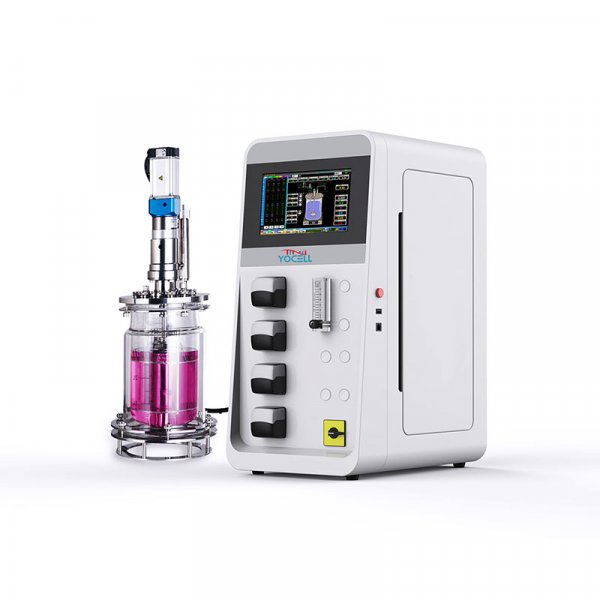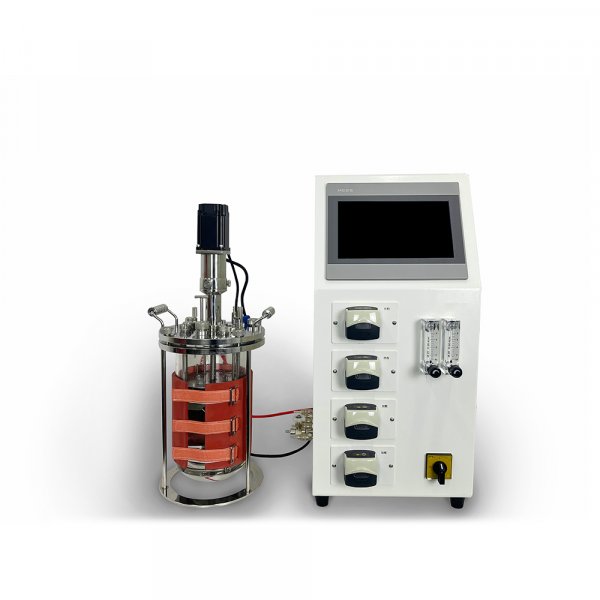Biomedical science is an important application field of biotechnology. Biopharmaceuticals are various drugs produced by biotechnology, such as protein drugs, vaccines, and genetic engineering drugs. Currently, the most popular and expensive drugs worldwide are mostly protein drugs or protein-targeted drugs, such as antibody drugs, recombinant protein drugs, and peptide drugs. Natural proteins are complex in composition, and the content of key proteins is usually very low, which to some extent limits the application and development of proteins in the pharmaceutical field. Therefore, achieving protein separation and purification without affecting the structure, composition, and activity of proteins has become a challenge in biotechnology research.
The protein separation and purification process usually starts with affinity chromatography, followed by a series of purification steps of different numbers and types based on the physicochemical properties of the protein, such as ion-exchange chromatography, hydrophobic interaction chromatography, and gel filtration chromatography. In traditional purification schemes, protein A ligands are used in affinity chromatography, which can take advantage of their good selectivity and high separation efficiency, and are the key to capturing proteins. However, their high cost and limited service life have prompted the development and production of more convenient, effective and low-cost new ligands. Currently, according to the characteristics of proteins and different application fields, a variety of new ligands have been synthesized, including hydrophobic ligands, ion-exchange ligands, mixed-mode ligands and short peptide biomimetic ligands. At the same time, the combination of new ligands with traditional protein separation techniques enables the full utilization of ligand characteristics, providing new approaches for the chromatographic separation and purification of proteins. Therefore, this article summarizes the research progress of medium materials with different ligands and protein separation techniques, which is helpful to effectively utilize resources in the purification process, promote the progress of downstream purification technology, and has a positive impact on the modern protein pharmaceutical industry.
1. Ligands for protein separation
1.1 Affinity ligands
1.1.1 Protein A ligands
1.1.2 Immobilized Ion affinity ligands
1.1.3 Other affinity ligands
1.2 Hydrophobic ligands
1.3 Ion-exchange ligands
1.4 Mixed-mode ligands
1.4.1 Conventional mixed-mode ligands
1.5 Bionic peptide ligands
2 New applications of ligands in protein separation technology
2.1 Polymer grafting technology
2.2 Continuous column chromatography technique
3 Prospects
With the increasing demand for high-performance materials in protein separation and purification technologies, researchers have developed various new composite materials suitable for protein sample purification by combining various functionalized ligands with excellent performance matrix materials. These materials achieve high-purity adsorption and high recovery rate elution of target substances. Combining new ligands with protein purification techniques maximizes resource utilization and promotes sustainable growth, and can be extended to a wider range of substance analysis and purification fields. However, current research work is only applicable at the laboratory stage. New ligands and purification techniques that have achieved good results in the laboratory may encounter difficulties in process scaling-up when used on a large scale. For example, issues such as material dispersion and uniformity may affect performance and purification effects during process scaling-up. Moreover, new purification materials and technologies may not be compatible with existing production processes and equipment, requiring the modification or upgrading of existing production lines, which increases enterprise investment and production complexity. In the future, in-depth research on the relationship between the structure and performance of new purification materials will enable them to maintain stable performance in different environments; jointly developing production processes and equipment adapted to new purification materials will improve the compatibility of materials with existing systems. It is believed that these technologies will provide stronger support for proteomics research, life science research, and biopharmaceuticals.



